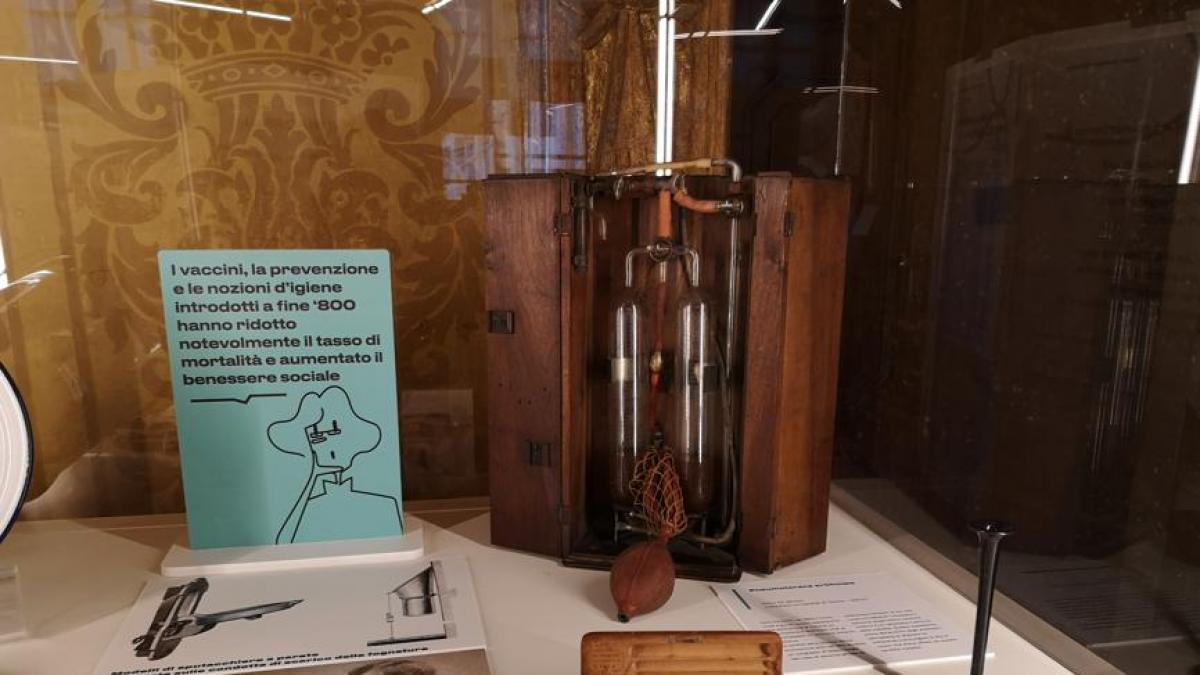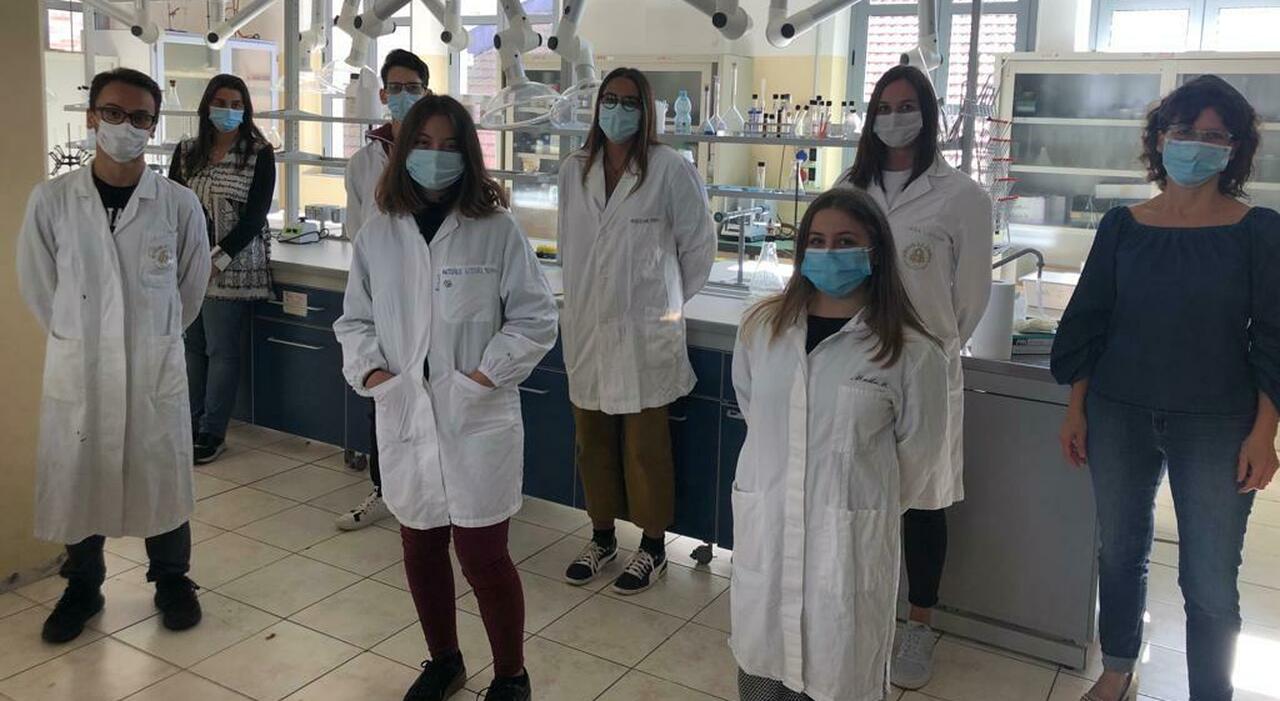From Alessandro Martini and Maurizio Francesconi
There was a time when Torino invented and patented technology and revolutionized technology applied to the most diverse fields. Of all these inventions and records, the city exhibits only a few materials
There was a time when tunnels were called “social arteries” (they were not only used for commerce, they were used for united peoples and states) Turin has innovated, patented, and revolutionized technology applied in the most diverse fields, from medical research to agriculture, from infrastructure to social housing, and from chemistry to food. Famous names such as Galileo Ferraris, Ascanio Sobrero, Luigi Pagliani and Francesco Cirio, who was the first to experiment with vegetable preservation in the Porta Palazzo, suffice. Of all these inventions and records, the city exhibits very few materials. In fact, there is no Museum of Science and Technology in Turin, so much so that the Cruto Archive is today in Milan (one example among many), despite its unusual nature.. Alessandro Cruto, born in Piossasco in 1847, is actually the inventor of the incandescent lamp, which we all used until the advent of the LED. Today, for the first time together, the Universities of Turin present part of their heritage at the exhibition La cosa PUBLIC. Salute, Lavoro, Società in the Historical Collections of the University and Polytechnic of Turin (until December 3, but possibly extended until Christmas).
On display at Valentino Castle (where the Royal School of Engineers Applied was founded in 1863, predecessor to the Polytechnic) are photographs and documents, original instruments and teaching models, next to a large early 20th-century chemistry counter, full of stills and instruments (today exotic, then necessary and innovative). It begins with large construction sites such as the Frejus Tunnel, the first built by the Italian state and a large gymnasium for hygienists, physicians and inventors, as well as for the prevention of work accidents and for the promotion of the rights of working women. Moreover, let us not forget that the first female civil engineer in Italy, Emma Strada, graduated from the Polytechnic of Turin in 1908. A very fuzzy electromagnetic sorter to separate magnetite, patented in 1854 by Quintino Sella. A tool that remains in force today, as is the slide rule conceived by the Biellese engineer himself, and is an essential tool for every surveyor. A whole section is devoted to the subject of measurements: not only microscopes, compasses and stethoscopes, but also the most obscure colorimeters, butter refractometers …
The section dedicated to housing «for everyone» presents projects from before Pietro Fenoglio, Italian Liberty Master, for social housing built in 1903 In the heart of Crocetta, a neighborhood that isn’t very cheap today. We are still directly interested in some data, such as the incidence of vaccinations reducing the death rate in Turin: according to studies by Costanzo Einaudi (brother of Luigi) from 11.5% to 1.5% for typhus between 1870 and 1910, from 5.2 to 0.02 for smallpox. And again: the introduction of electric trams thanks to Galileo Ferrari’s electric motor (still a staple in our homes, from the refrigerator to the Playstation), in 1898 caused widespread concern among the population, perhaps even then concerned science and scientists.
Particularly remarkable is the large table showing the silhouettes of students, teachers or researchers of the scientific schools of Turin (from the second half of the nineteenth century, all close to Valentino Park): a list that includes Giacinto Paccciotti, Cesare Lombroso, Angelo Musso, Vilfredo Pareto , Prospero Richelmi, Gustavo Colonetti, even Rita Levi-Montalcini and Renato Dulbecco … along with many less well-known people. For example, who knows that Giulio Pizzozero is responsible for the discovery of platelets? An enlightened character, among the many characters told in this show. It was he who declared in 1882: “No money brings more fruit to the public than that which is spent on hygiene.” Informed and not always listened to, in fact.
on instagram
We’re also on Instagram, follow us: https://www.instagram.com/corriere.torino/?hl=it
Newsletter from Corriere Turin
If you want to stay up to date with news from Turin and Piedmont, subscribe to the Corriere Turin newsletter for free. It arrives straight to your inbox at 7am every day. its enough click here

“Infuriatingly humble social media buff. Twitter advocate. Writer. Internet nerd.”



